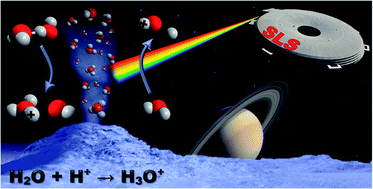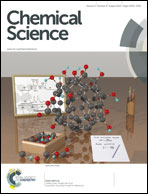On the protonation of water†
Abstract
Imaging photoelectron photoion coincidence (iPEPICO) spectroscopy on isolated water molecules and water dimers establishes a new route to determining the water proton affinity (PA) with unprecedented accuracy. A floating thermochemical cycle constructed from the OH+ and H3O+ appearance energies and three other spectroscopic values establishes the water PA as 683.22 ± 0.25 kJ mol−1 at 0 K, which converts to 688.81 ± 0.25 kJ mol−1 at room temperature. The experimental results are corroborated by a hierarchy of coupled-cluster calculations up to pentuple excitations and septuple-ζ basis set. Combined with diagonal Born–Oppenheimer and Dirac–Coulomb–Gaunt relativistic corrections, they provide the best theoretical estimate for both the hydronium ion's geometry and a water PA of 683.5 ± 0.4 kJ mol−1 and 689.1 ± 0.4 kJ mol−1 at 0 K and 298.15 K, respectively.


 Please wait while we load your content...
Please wait while we load your content...